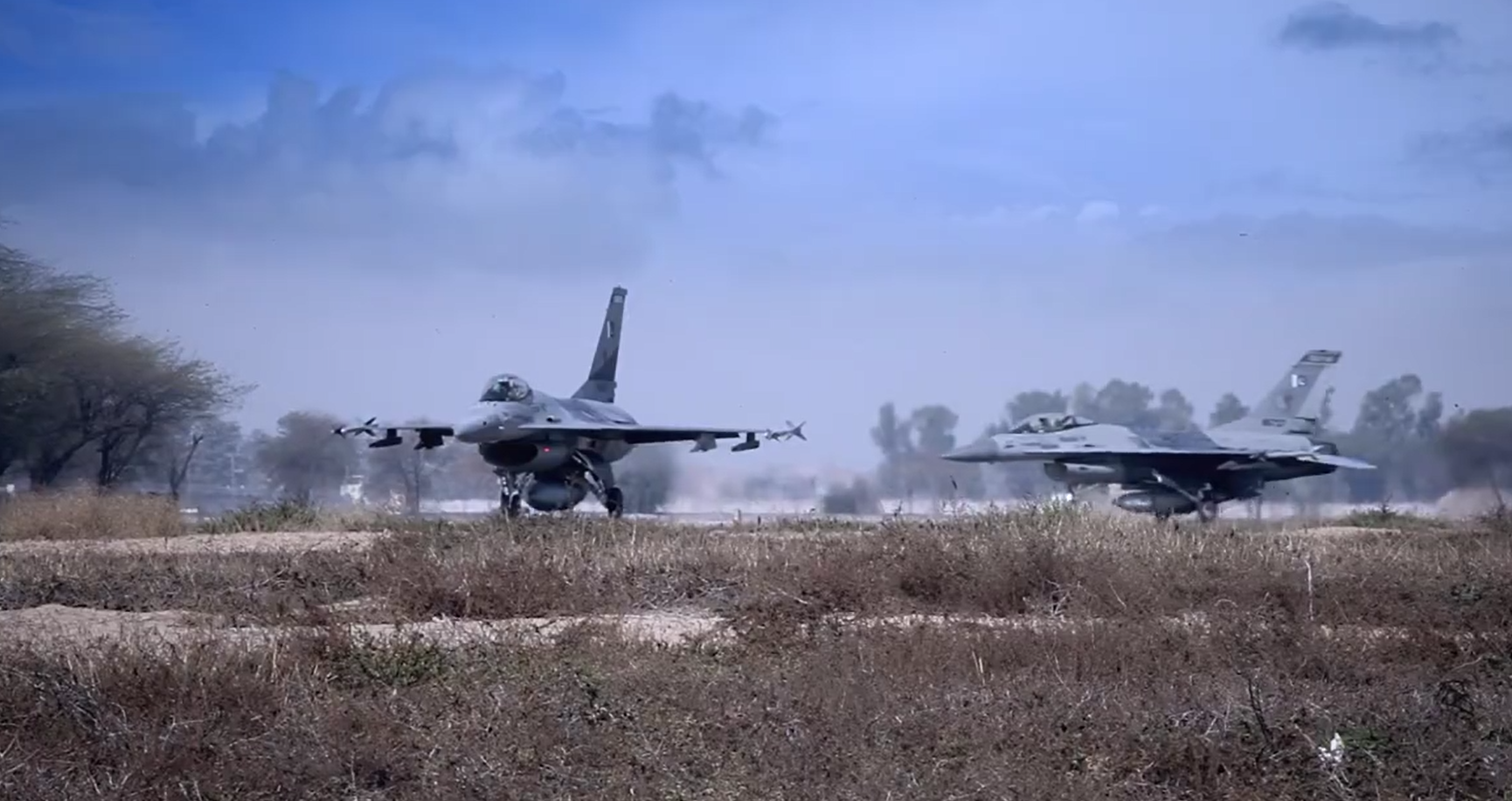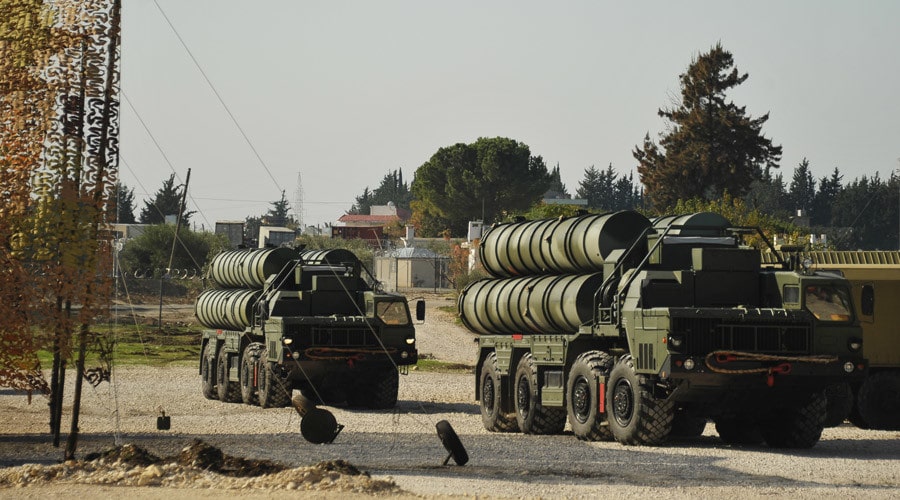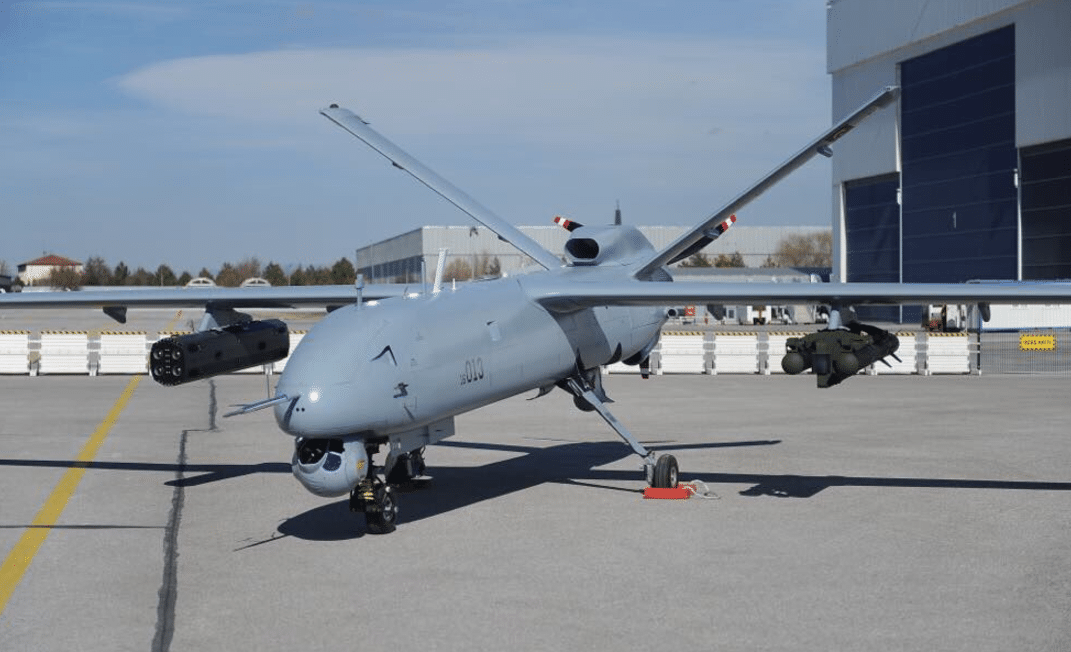2525Views 14Comments

The Pakistan F-16 deal is not yet dead
Although Congress has put a block on Foreign Military Financing (FMF) support for a proposed sale of eight new-built F-16C/D Block-52 to the Pakistan Air Force (PAF), the deal – or rather the idea – of passing F-16s to the PAF has not completely died.
Approved in February, Lockheed Martin was to sell eight F-16s to the PAF in a deal valued at $700 million; up to $430 million was to be provided through FMF, a foreign policy tool designed to help states aligned under the U.S. to undertake specific American geo-strategic and security interests. Pakistan was to pay $270 million from its own funds. However, Congress put a block on the FMF component (on the grounds of Pakistan not apparently doing “enough” to reign in on insurgents and non-state actors in its territory – despite Zarb-e-Azb), thus requiring Pakistan to pay the full amount of the sale using its own funds.
Yesterday, the U.S. State Department issued a number of statements reiterating its support for using FMF to support specific Pakistani procurements. For example, a State Department official told Dawn News, “It is critical that the State Department maintains the flexibility to provide assistance for Pakistan that advances US interests.” That same official added, “We seek aid for Pakistan because it’s in our interests; it advances our broader security interests, and meets critical humanitarian and development needs.”
Comment and Analysis
New-built F-16s were to serve a key role in the PAF’s short and medium-term modernization plans. Along with the JF-17s, the PAF was looking forward to scale its existing infrastructure to add 18 F-16C/D (i.e. eight plus another ten), which was set as an option in the agreement Pakistan signed in 2006-2007. It was apparent that the PAF was looking to build a fleet of about 100 F-16s – i.e. in line with its original aims in the late 1980s, before the U.S. placed sanctions over Pakistan’s nuclear weapons program.
We have discussed the technical merits of the F-16 and the PAF’s alternative options in-depth, but some focus should be given towards the angle of U.S. foreign policy. Although the FMF question should have been settled by now, it seems the U.S. government is still trying to drive FMF to fruition – if not today, then potentially in the near future.
Arms transfers are important foreign policy instruments for the U.S., but in Pakistan’s case, they are of particularly high value in terms of the mileage they offer in incentivizing the Pakistani military to cooperate with the U.S. Yes, the Pakistani armed forces are immersed in counterinsurgency (COIN) in the Federally Administered Tribal Areas (FATA) today, but territorial integrity against external threats is a constant.
In other words, COIN is generally still viewed as a fleeting priority, but the need to defend Pakistan’s borders from external threats will remain permanently. High-tech American arms (especially at subsidized costs) go a long way in supporting Pakistan’s security interests in this regard, and this has been the case since the U.S. first began releasing valuable military hardware to Pakistan in the 1950s.
However, the relative value of that support has declined, especially in the past six or seven years; and to see even a handful of F-16s not be readily accessible, that is bound to raise bright red flags on the part of at least some Pakistani military planners. In Pakistan’s case, not having its military planners on the same page as their American counterparts can transform into a liability over the long-term.
The armed forces are key drivers of Pakistan’s security and geo-strategic policies, which the U.S. has successfully shaped a number of times, especially in the 1980s and 2000s, thanks in great part to military aid. The ramifications will not be felt in the short or even medium-term, but in the long-term, especially after a generational shift, can anyone be so confident? On the other hand, Pakistan’s structural economic problems and inability to finance big-ticket acquisitions may bring it (to the U.S.) full-circle.



14 Comments
by Bilal Khan - Quwa
New moderation rules are now in effect. *All* off-topic posts, insults, etc, will *not* be approved. Ensure that your comments are (1) constructive, (2) professional, and (3) on-topic. Threads will automatically be closed after 48 hours of posting.
by U
PAF At least Get AIM 9X, AGM88E and AMRAAM C7 or Ds Please!
I don’t think these birds are of much deterrence when they are not sufficiently armed compared to IAF inventory.
by Zaff Hundal
USA needs Pakistan and the visit of centcom commander is the proof of it. It’s interesting to see the state department changed its statement after his visit. I guess Pakistan foreign policy is now being tested and the USA needs to be sure what Pakistan does next. Whether Pakistan shift its focus to Russia and completely towards China. I think it’s in the best interest of Pakistan to shift to east wards.
And agreed more R & D need now than ever before. Complete autonomy.
And if the way army and nab are pursuing the corruption cases there will be a lot of coming coming in hence R&D needs to be setup.
by Shershahsuri
There is many a slip between the cup and wine. This proverb is much befitting the the F-16 deal for Pakistan. US policy regarding Pakistan at least are very unpredictable. May be Pakistan will get subsidies for F-16 but Pakistan should focus on other options as well particularly JFT III. If Pakistan were to buy on its own funds, then Pakistan should get some gadgets and munitions for F-16s like Aim.9x, JSOW and Norwegian naval strike missile.
by Shershahsuri
Mr.Bilal can you comment on SABR up gradation programme for legacy F-16s. Whether this is available and feasible for Pakistan. BAE also offer such programmes.
by middleway1
“There’s many a slip twixt the cup and the lip”!Haha. I agree with the general sentiment that Pakistan needs to make long term investments in becoming more self sufficient in defense. It has to be done strategically, i.e., to gradually increase the depth of the supply chain, starting with what’s most do-able first.
by Abdul Rashid
If I’m reading it right, the gist of this article is the possibility of the F16 deal going ahead is a positive development. Yet the sentiment expressed previously had been “Ameen” to it falling through so the limited funds can be invested in JFT III. Is the worth of these F16s only as a short term measure until JFT III can be inducted in sufficient numbers or is there a logic to build a sizeable fleet of both aircraft? If the former then seems to make little sense in acquiring a handful of expensive platforms under severe restrictions of utilisation and be stuck with on-going future maintenance costs. One would hope there is a method behind the apparent madness. Somehow the idea that PAF is simply in love with the F16 sounds very irrational.
by sufi
” ? On the other hand, Pakistan’s structural economic problems and inability to finance big-ticket acquisitions may bring it (to the U.S.) full-circle. – ”
thats some crystal ball you are looking at……..the stated policy of the US is to provide pakistan enough weapons so that its able to withstand indian attack for couple of weeks and doesn’t feel the need to resort to nukes right away……..its is not going to give anything more and this too is becoming increasingly difficult…….the only way pakistan will go ”full circle ” is if india tries to be too clever for the americans to deal with ( if it genuinely stays neutral between china and US ).
by Bilal Khan - Quwa
The point was regarding Pakistan trying to play the “we have alternative options” card. We’re apparently talking about J-10 and Su-35, but our limited financial means may push us back to the discussion of F-16s on FMF – i.e. full-circle.
by Shershahsuri
Mr. Bilal Khan please, your comments requested.
by Bilal Khan - Quwa
Depends on 2 things: (1) U.S. approval and (2) securing U.S.-approved suppliers to offer subsystems for the upgrades. To be honest, I’m not sure if the PAF would upgrade the MLUs any further, an F-16V-like upgrade would probably come up on the cards for the Block-52+ after 2020 I think.
by Mustafa O
The word is that FMF is going for major army acquistions.
by Abdul Rashid
Do you mean Pakistan Army to make major acquisitions with FMF assistance? Sorry, I don’t quite understand your comment.
by Mustafa O
Would reapectfully disagree. They are infact sufficiently armed. Amraam c5 are a show stopper, with 1. 5 time the shot range of r77 adders, high pk valu and war proven, a capable EW suite, a range of pgms, sniper xr , jhmcs etcetc. Yes buying aim 9 x would have been great for a close quarter fight, but whose looking for it when paf enjoys first shot capability.
Americans got shot in the face when they refused harpoon integration on f16 and paf got a potent 200km range anti ship c802 on jf17. So harpoons on f16s dont matter. We already have them on p3s Orion.
What we need to look for is future ling range bvrs on jf blk 3 along wth 5 gen asraams